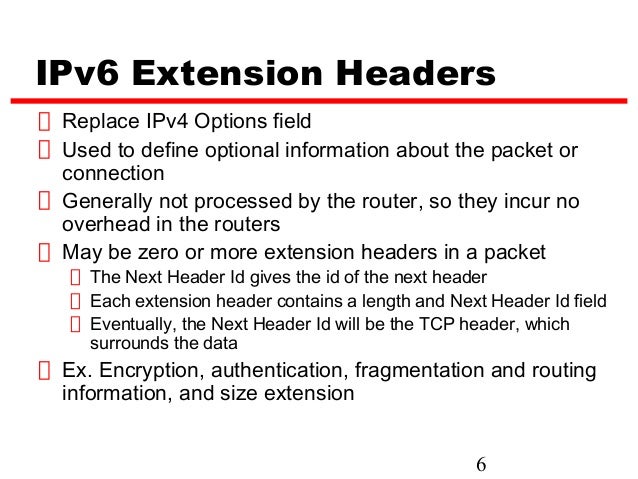
This gives the proxy full control over such communication sessions, enabling it to perform various security and accessibility-related operations.Īnother of the operations that a proxy can provide is the interconnection of IPv4 and IPv6 networks, which is exactly what we mean when talking about an IPv6 proxy server. Both client and server communicate directly with the proxy rather than with each other because the proxy is transparently relaying their messages. To understand how it works, it is necessary first to understand the functionality of proxies.Ī proxy is a device that acts as an intermediary between a client requesting a resource and the server providing that resource. An IPv6 proxy, however, is somewhat different from other transition technologies in that it does not directly map IPv4 to IPv6 addresses and vice versa, nor does it tunnel one protocol within the other.


An IPv6 proxy is a standard IPv6 transition technology deployed to interconnect IPv4 and IPv6 networks, allowing communication between networks running both versions of the protocol.


 0 kommentar(er)
0 kommentar(er)
